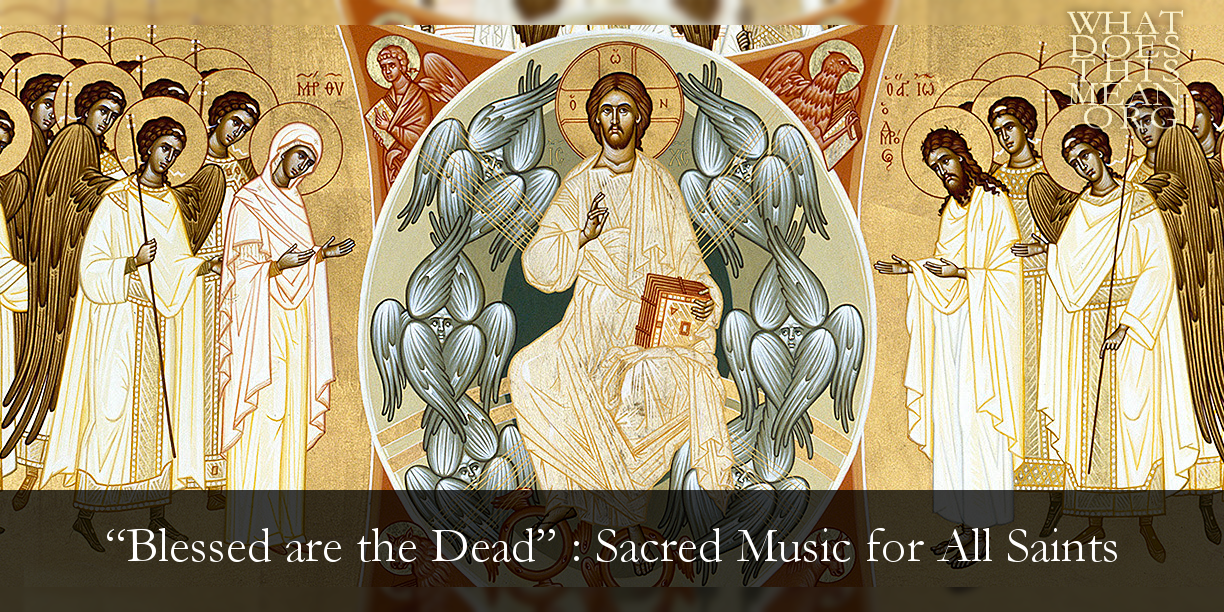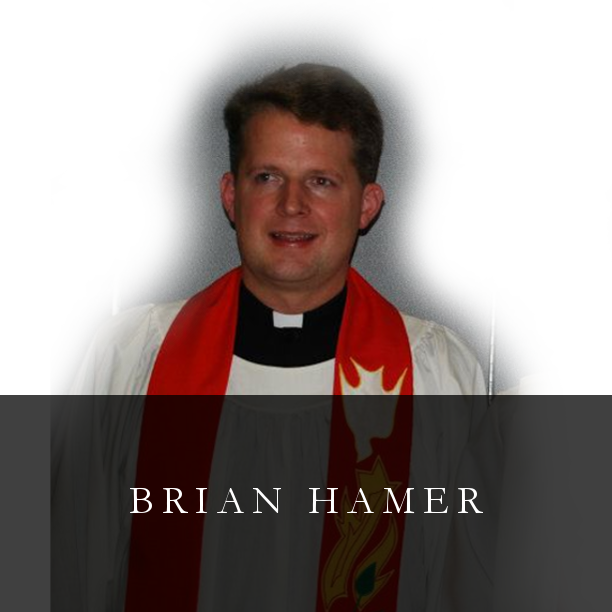Let us give thanks to the Lord: Alleluia!
The Psalm that I have chosen to recommend for All Saints is the third of fifteen movements. As with most movements in this lush and romantic work, the melodic lines are adapted from various forms of chant, resulting in stepwise movement and sensitivity to the text. The use of the refrain on “Alleluia” unifies the work, allowing the performer and the hearer to detect a clear melodic line and a gradually evolving theme. As someone said, “One must hear for oneself how simple, artless chant can be transformed in the hands of a great artist” (Telarc CD 80172 liner notes, p. 3). The stunning images of Russian Orthodox churches in the following video serve as a powerful reminder of the blessings of over 1,000 years of Christianity in Russia, where there is no shortage of martyrs for the sake of the gospel.
| Blessed is the man who does not walk in the counsel of the wicked. Alleluia. The Lord knows the way of the righteous, and the way of the wicked will perish. Alleluia. Serve the Lord with fear and rejoice in Him with trembling. Alleluia. Blessed is he who puts his trust in Him. Alleluia. Arise, Lord, save me, my God. Alleluia. The Lord is the Savior of the people of His blessing. Alleluia. Glory to the Father and to the Son and to the Holy Spirit, now and ever and forever more. Amen. Alleluia. Glory to You, God. (Psalm 1 [excerpts] with sevenfold Alleluia and the Gloria) |
B Though darkness riseth, light to the upright.
C He is gracious, compassionate, compassionate. (Adapted from Psalm 112:1, 4)
After a brief orchestral introduction, the sopranos intone the first theme (“A”), which is then imitated in the other voices. At 1:26, a second theme (“B”) emerges to depict the darkness (listen for the minor chords), over which the light of the righteousness of Christ will prevail. At 2:00 in this clip, the voices sound in triumphant textual unison and the dynamic climax of this movement, “Gracious! Compassionate!” Now listen closely at 2:18 as the A and B themes come together, overlapping and interlocking to depict the good news that those who walk in the way of peace are blessed with the light of Christ. Finally, at 3:26, the choir sings, “Blessed! Blessed! Blessed!” —a fitting beatitude for all of God’s saints.
The following setting of the Beatitude from Revelation 14 is a 17th century motet (from French mot, “word”), a musical form in which each voice has “equal rights” to the text. As the music changes to reflect each phrase of the text, each voice sings the motif in its own range. In the following performance, try to follow the progression of themes, delineated by the five lines in German, along with an English translation.
| Selig sind die Toten, / Blessed are the dead die in dem Herrn sterben von nun an. / which die in the Lord from henceforth. Ja, der Geist spricht, / Yea, saith the Spirit, Daß sie ruhen von ihrer Arbeit; / They rest from their labors; denn ihre Werke folgen ihnen nach. / And their works follow them. |
In his essay, “On the Remembrance of the Dead in the Divine Liturgy,” Hermann Sasse says, “If one can come to know a church through its cemetery, then one can rightly say that there has never been a church as animated by the resurrection faith as the church of the catacombs” (Letters to Lutheran Pastors, Volume III, p. 39). Sasse notes, for instance, that the congregation at Smyrna frequently gathered at the tomb of their protomartyr, Polycarp (ca. 69—ca. 156), in order to remember those who endured the battle and to strengthen those who were still on earth. To be sure, Polycarp was not invoked, nor was any prayer offered to any saint. Rather, the congregation gave thanks for those who had gone before them and finished their course in the faith, especially Polycarp. And they prayed for strength to face their own martyrdom, should it come for the sake of Christ and His cross. This second century form of remembrance corresponds to All Saints and the theology of the end times the Lutheran way. This salutary remembrance is beautifully captured in the historic Collect for All Saints:
| O Almighty God, who hast knit together Thine elect in one communion and fellowship in the mystical body of Thy Son Jesus Christ, our Lord : grant us grace so to follow Thy blessed saints in all virtuous and godly living, that we may come to the unspeakable joys which Thou hast prepared for those who unfeignedly love Thee; through Jesus Christ, our Lord. Amen. |



 RSS Feed
RSS Feed
